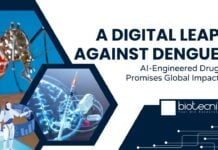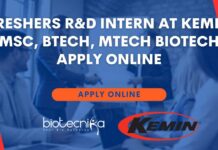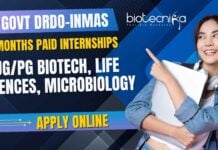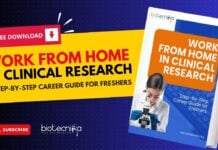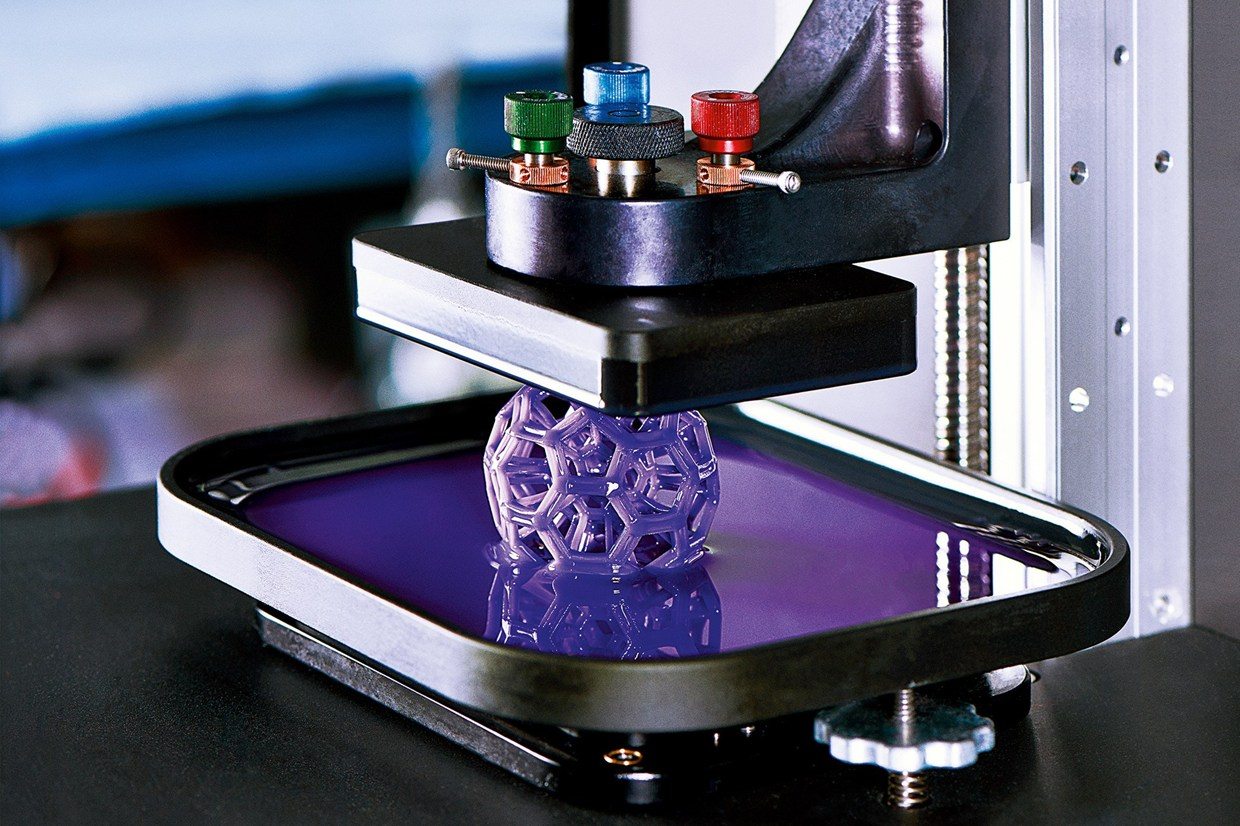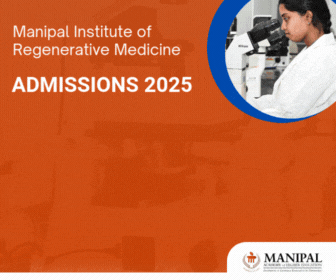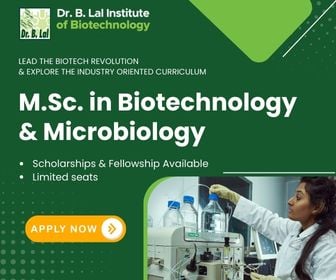Scientists Develop Assisted Self-Assembling Bioprinting Technique
Effective integration of molecular self-assembly and additive manufacturing would provide a technological leap in bioprinting. A collaborative team involving researchers from Queen Mary University of London, University of Oxford, and Nanyang Technological University in Singapore, has now designed a new molecular printing technique using cells and molecules normally found in natural tissues to create constructs that resemble biological structures.
These structures are embedded in an ink which is similar to their native environment and opens the possibility to make them behave as they would in the body.
“The technique opens the possibility to design and create biological scenarios like complex and specific cell environments, which can be used in different fields such as tissue engineering by creating constructs that resemble tissues or in vitro models that can be used to test drugs in a more efficient manner,” explained Professor Alvaro Mata, from the university’s School of Engineering and Materials Science.
The novel technique integrates the micro- and macroscopic control of structural features that printing provides with the molecular and nano-scale control enabled by self-assembly. Because of this, it addresses a major need in 3D printing where commonly used printing inks have limited capacity to actively stimulate the cells that are being
printed.PhD student Clara Hedegaard, leading author of the paper, added: “This method enables the possibility to build 3D structures by printing multiple types of biomolecules capable of assembling into well defined structures at multiple scales. Because of this, the self-assembling ink provides an opportunity to control the chemical and physical properties during and after printing, which can be tuned to stimulate cell behaviour.”




